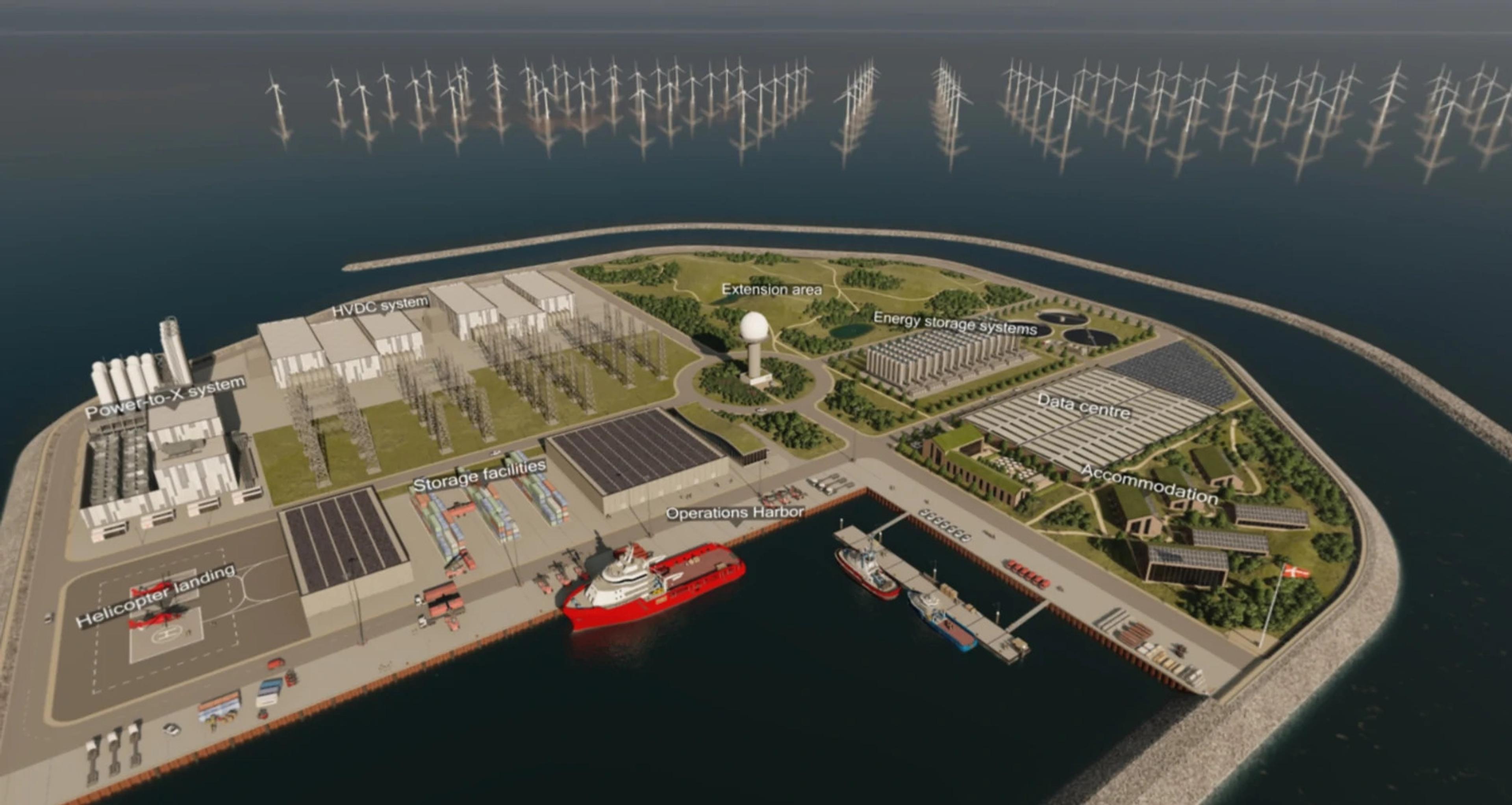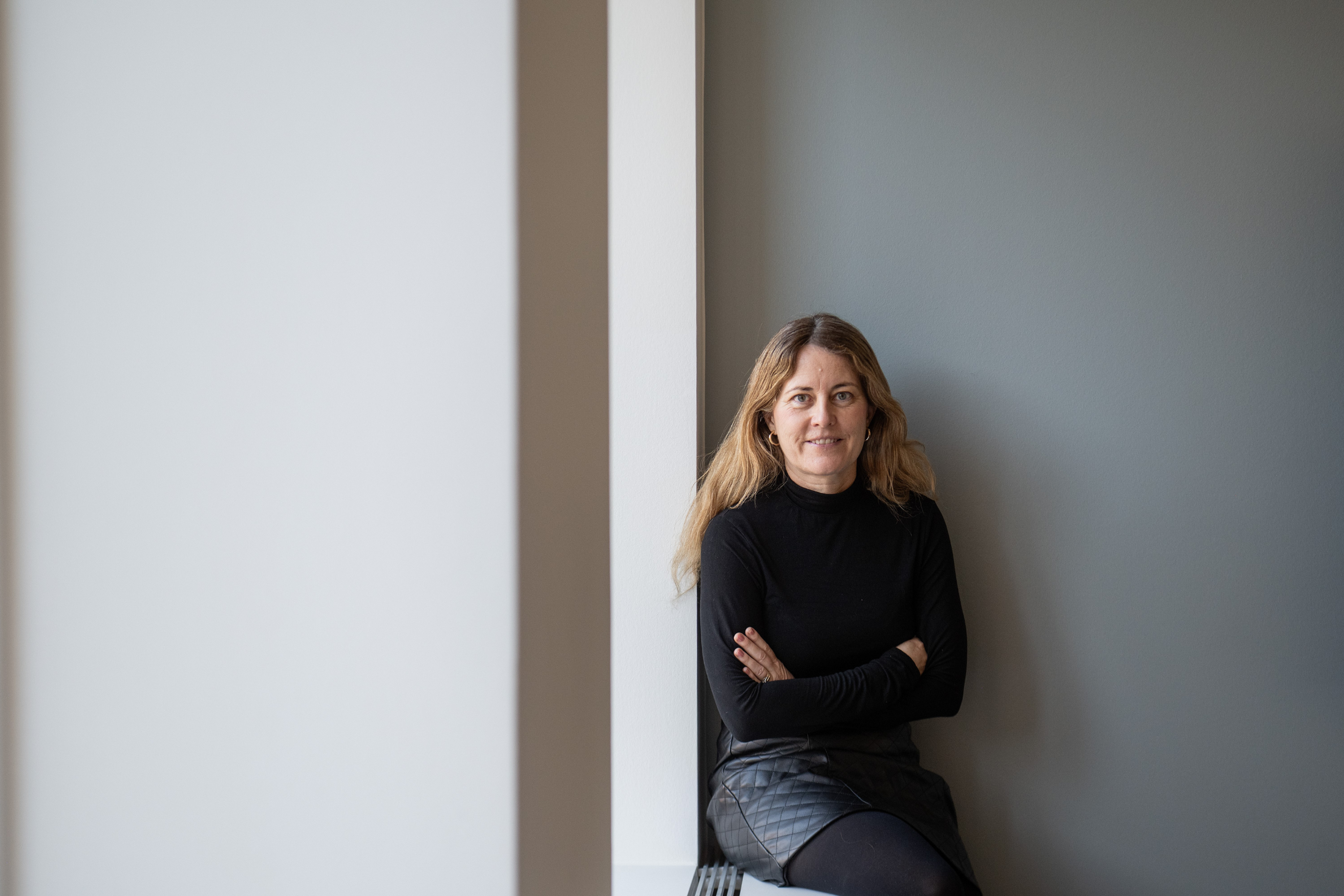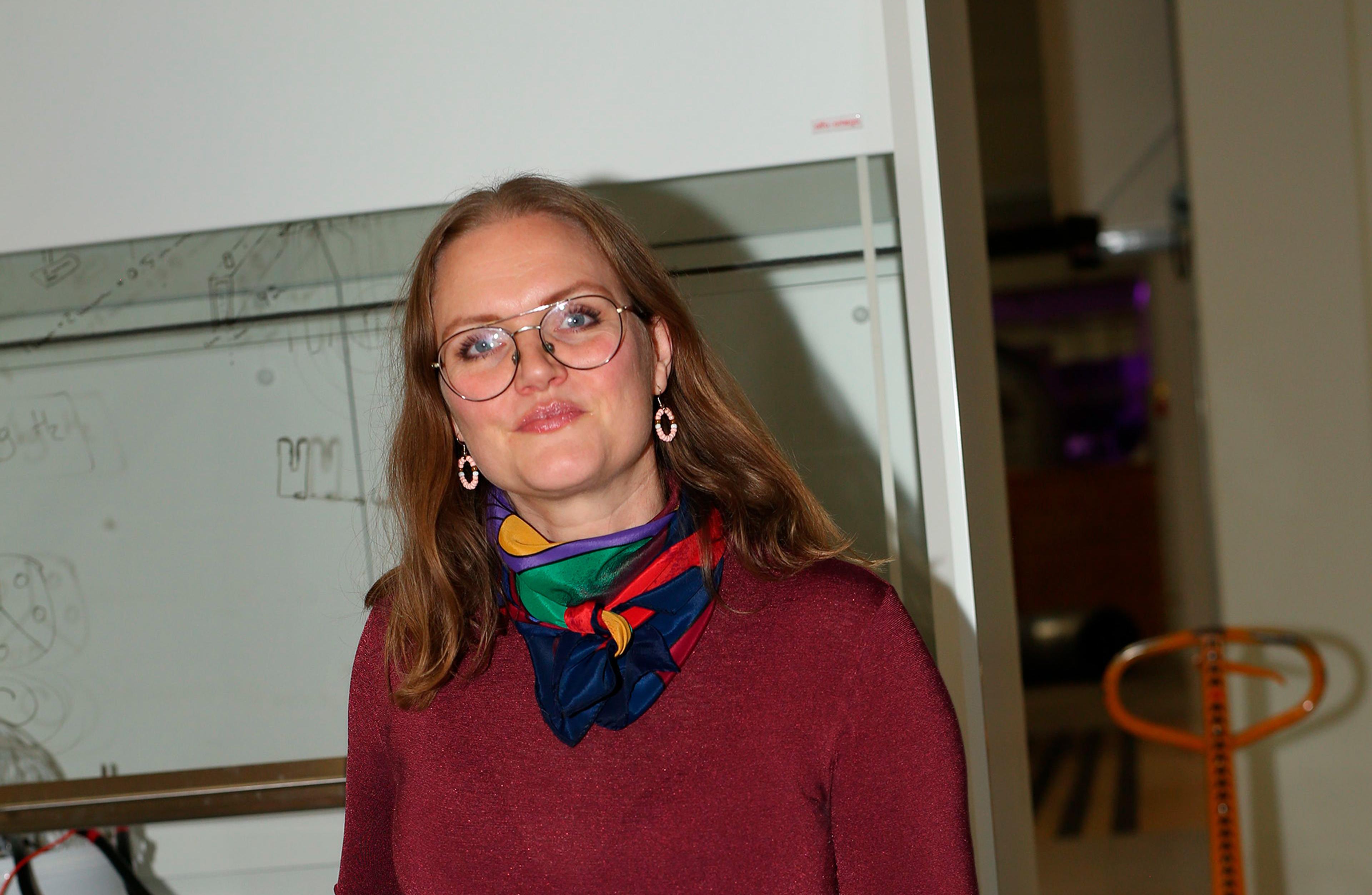From theory to practice: Innovation project contributes new knowledge about energy islands

In the Offshore Energy Hubs innovation project, a number of researchers and companies from the energy industry will look at how future offshore energy hubs can be constructed reliably and cost-effectively. The project partners will work on system design and efficient integration of Power-to-X, among other things.
How do we ensure green electricity for Northern Europeans in the future? The political answer includes future offshore energy hubs – also known as energy islands – that will serve as hubs for green electricity from offshore wind turbines to millions of households in the North and Baltic Seas.
The plan for the upcoming hubs is both about artificial island constructions at sea – and about increased integration of green electricity from offshore wind turbines in an existing environment, such as Bornholm.
In the new innovation project Offshore Energy Hubs, DTU, Aalborg University, Ørsted and a number of other industrial partners will develop technologies that can make the future hubs cost-effective and reliable, says Nicolaos A. Cutululis, professor at DTU Wind and Energy Systems.
“In Denmark, we have had visions for how we will become CO2-neutral, and with the decision to establish energy hubs, we are showing the way towards the CO2-neutral goal. It is fundamentally important that they are constructed successfully, cost-effectively and stably,” says Nicolaos A. Cutululis.
According to him, there are three parts to the innovation project: safe operation of the electrical system, reduction of the price of the offshore wind farms that will supply the green electricity and integration of green hydrogen production – so-called Power-to-X – as a stabilising factor for the connection to the grid.
“We will look at how we can ensure robust operation of the electrical system that is being developed for the new hubs, as it will be a completely new energy system with unique and challenging properties,” says Nicolaos A. Cutululis.
Great potential
In addition to DTU, which leads Offshore Energy Hubs, the project partners are Ørsted, Energy Cluster Denmark, Green Hydrogen Systems, Aalborg University, PowerLabDK, Siemens Gamesa, Hellenic Cables and Supergrid Institute.
The project partners are initially looking at energy hubs around Denmark, but the technology developed in the project will eventually be used elsewhere in Europe and in the global market for energy solutions to benefit the industrial partners' businesses.
"This is an important part of the shift from black to green energy. We believe that Offshore Energy Hubs will be one of the keys to harvesting the green energy from offshore wind farms, so that you can connect the energy from sea to land," explains Troels Stybe Sørensen, Senior Director at Ørsted.
According to Poul Alberg Østergaard, professor at Aalborg University, Offshore Energy Hubs are essentially about how we can best utilize the green power of the future, which will largely come from production at sea.
"When you move energy production offshore, it creates a number of new opportunities. You have easier access to shipping and to wind energy resources. There is great potential in many places around the world for this solution," says Poul Alberg Østergaard.
Facts
Offshore Energy Hubs is supported by the Energy Technology Development and Demonstration Programme (EUDP) and has a total budget of DKK 39 million. The project runs from September 2022 to August 2026.
Latest news
Skibsbyggerivej 5, 3. sal.
9000 Aalborg
Navitas
Inge Lehmanns Gade 10
8000 Aarhus C
House of Offshore Innovation
Kanalen 1
6700 Esbjerg
Port House
Vendersgade 74
7000 Fredericia
BLOXHub
Bloxhub, Bryghusgade 8, 3. sal,
1474 København K
Energy Cluster Denmark
Nørre Havnegade 43
6400 Sønderborg
©Energy Cluster Denmark 2025






